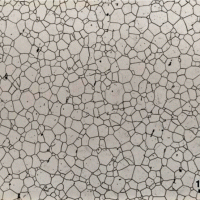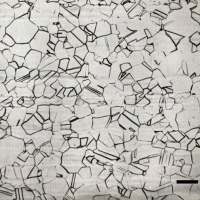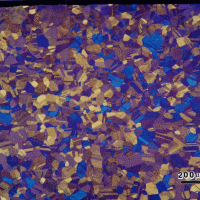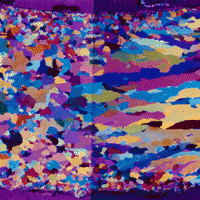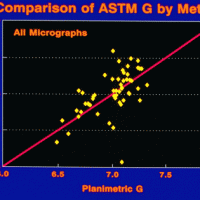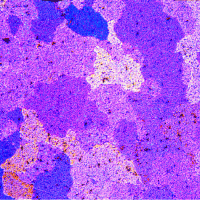When ASTM standard E 2 was published in 1917, ASTM Committee E-4 on Metallography’s first standard, it described the planimetric method for measuring grain size based upon publications by Zay Jeffries, a founding member of E-4.
Jeffries was a graduate student under the famous Harvard professor, Albert Sauveur. Sauveur published a paper in 1894 where he defined grain structures in terms of the number of grains per square mm at 1X. But, he did not develop details on his method. This method is more tedious to use than the Heyn intercept method because a count of the grains must be made by physically marking the grains as they are counted, when done manually. Experiments were conducted to determine the influence of the number of grains counted per grid application using the Jeffries planimetric procedure of ASTM E 112 with a single test circle of varying size. Results show that this is a viable test method and produced good data down to relatively low count numbers per grid application. Bias was not observed at low counts, only data scatter.

